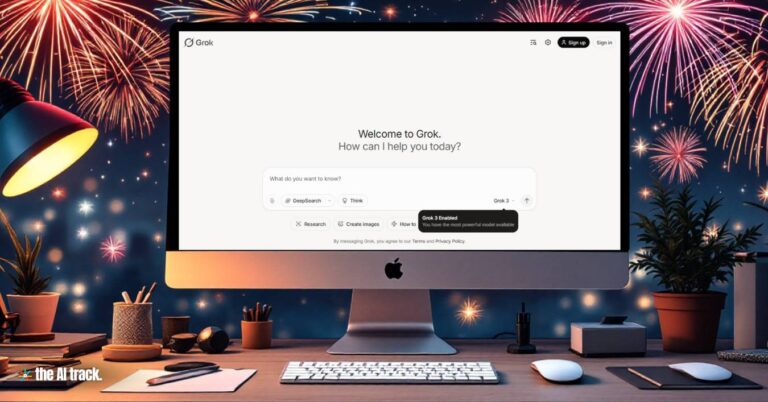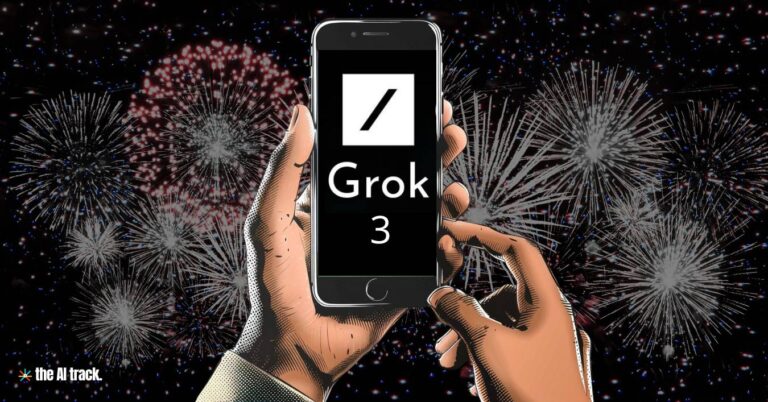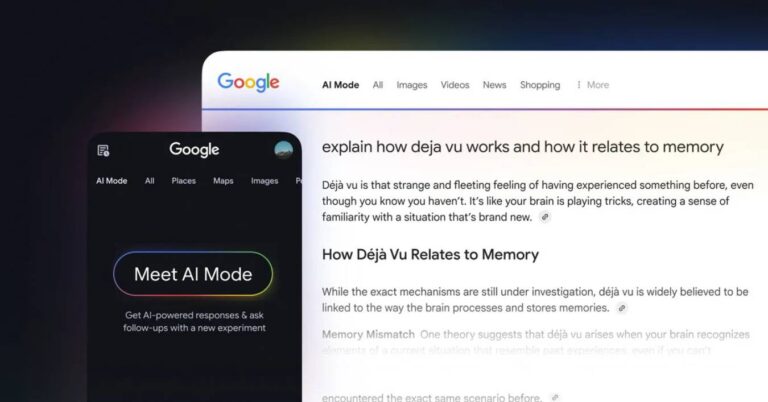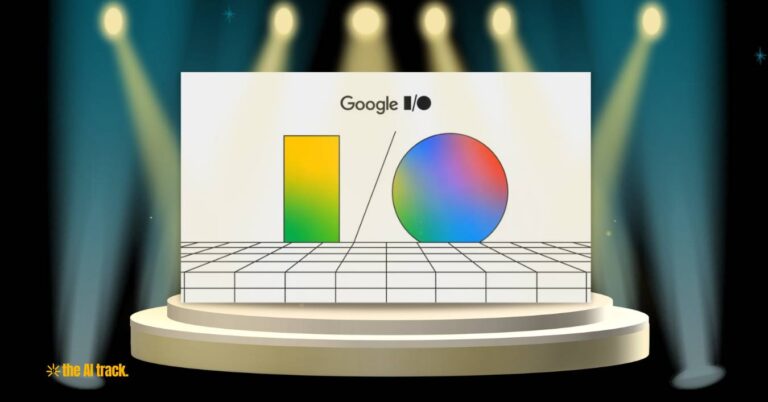xAI has introduced a “memory” feature and launched Grok Studio, transforming Grok into a full-featured AI assistant. These upgrades enhance personalization, real-time code execution, document collaboration, and file integration—positioning Grok as a viable productivity tool alongside ChatGPT, Gemini, and Claude.

xAI Introduces Memory and Grok Studio – Key Points
Memory Feature Launch (April 17, 2025):
Grok now retains user-specific data from past interactions to provide personalized replies. For example, it can recall earlier fitness preferences when generating workout plans.
Availability & Limitations:
Memory is in beta across Grok.com, iOS, and Android apps. The feature is not yet available to users in the EU and UK due to regulatory issues. Expansion to Grok on X (formerly Twitter) is underway.
Memory Access and Management:
Users can view referenced memories by clicking the “Referenced Cards” icon under responses. They can delete individual memories or manage them via the “Personalize With Memories” section in settings. Android support for memory deletion is rolling out.
Transparency & Control:
Grok prioritizes transparency, allowing users full visibility and control over stored data. Cached content can be reviewed, edited, or erased as needed.
Comparison with Rivals:
ChatGPT supports full memory recall across sessions since April 2025.
Google Gemini introduced memory features in February 2025.
Claude by Anthropic offers contextual memory via its “Artifacts” feature.
Grok now stands on equal footing in this key area of AI personalization.
Grok Studio Launch (April 16, 2025):
Grok Studio is a collaborative, browser-based workspace with a canvas-style split-screen interface. Users chat with Grok on one side and generate/edit content—code, documents, games—on the other.
Supported Technologies and Formats:
Users can write and execute code in Python, JavaScript, C++, TypeScript, HTML, and Bash. Real-time code preview and side-by-side editing are supported. Studio can also assist with structured reports and interactive mini apps.
Collaborative Editing and Co-Creation:
Studio enables users to work alongside Grok in a shared editing environment. The AI can revise code, rewrite sentences, provide app design feedback, and assist with logic or formatting issues in real time.
Google Drive Integration:
A standout feature is Grok Studio’s ability to pull documents, spreadsheets, and slide decks directly from Google Drive. Grok can modify and collaborate on these files live, rather than just suggesting edits—mirroring native integrations seen in Microsoft Copilot and Gemini.
Free Access and Browser-Based Interface:
Grok Studio is available to both free and premium users, with no installation required. This makes it more accessible than some rival offerings gated behind subscriptions or complex setup.
User Experience Considerations:
While powerful, Grok’s famously unfiltered tone may require users to edit its output carefully for professional tasks like business reports. However, its shift toward “serious” productivity use cases underscores xAI’s evolving strategy.
Strategic Significance:
Grok’s transformation from chatbot to productivity suite competitor reflects xAI’s long-term intent to establish relevance in enterprise, education, and software development. The blend of memory, collaborative tools, and native file support enhances Grok’s competitiveness across multiple use cases.
Why This Matters:
Grok is no longer just a novelty chatbot—it now competes in the productivity AI space by offering integrated memory, real-time creation, and collaborative functionality in a browser-based format. These moves by xAI suggest a clear intent to align Grok with the strategic utility of ChatGPT, Gemini, and Claude. The rollout of Grok Studio and memory support signals a broader shift in how conversational AI tools are evolving into full-scale digital work assistants.
xAI launched the Grok 3 model family, including a faster mini variant, claims benchmark wins over GPT-4o and Claude 3.5. Beta features rolling out now.
Read a comprehensive monthly roundup of the latest AI news!







